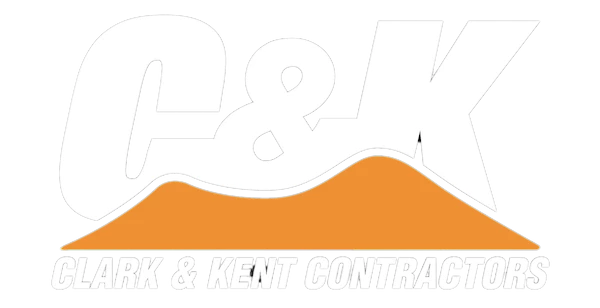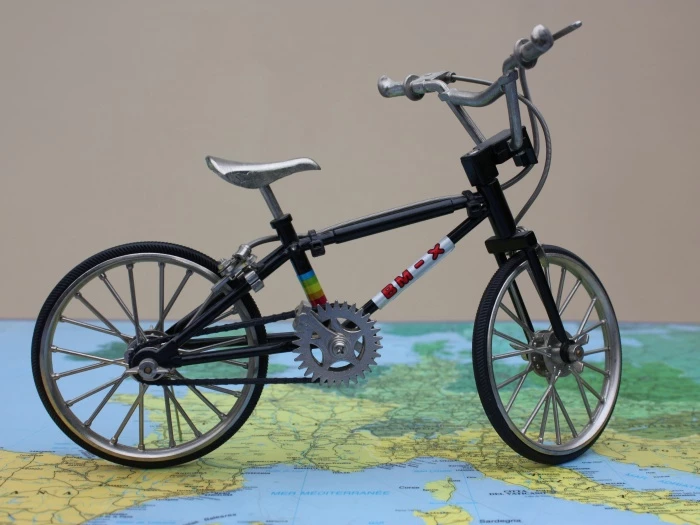Choosing the best BMX bike for you
The first-time buyer of a BMX race bike can be forgiven for being utterly bewildered by the range of options on show.
Walk into any store, or trawl the BMX bike offers online, and you will find scores of bikes for every occasion.
The sheer range can be intimidating with a bike for every riding style, from dirt and street bikes to freestyle and racing bikes.
Manufacturers will display a range of accessories and a vast assortment of colours to lure customers into buying their perfect BMX machine.
But the term BMX embraces many flavours, and it will cover heavy bikes; lightweight machines; some with heavy-duty wheels; others with thicker axles; different gear systems; a broad range of brakes or no brakes at all.
The very term BMX has a plethora of options, categories and genres, so it pays to do a little research first to narrow down the possibilities and hone in on the best bike for your needs.
Decide on the type of bike
The first thing to understand is that BMX bikes fall into two main categories, so it's crucial to nail down your requirements from the very start. There are two types of bike frames to choose from – Freestyle and Racing. The frames may look pretty similar, but there are some crucial differences, and it pays to understand what those differences are. Freestyle and Jump Bikes are designed to withstand a lot of punishment from the rider. Freestyle machines will face a massive strain during use, so the frame will be much heavier, and the bike will come with 36-48 spokes on each wheel.
BMX racing bike frames look similar, but they will be manufactured from lighter metals. This improves BMX race track performance and lends itself to everyday recreational use. Jump bikes are ideal for rough handling, but they are harder to control in light recreational use, and they may have features you are unlikely to need for regular everyday biking. Once you have picked the right BMX frame for your needs, choices get much more straightforward. But there are more vital decisions to make before making that all-important purchase.
Get the price point right
First, set your price point. Many excellent BMX bikes can be purchased for £300 – £400. Of course, you can find cheaper models, but lower-priced bikes are frequently made from inferior materials and need higher maintenance. You can also pay well over £1,000 for a pro-BMX racing bike made of premium materials and designed for maximum performance on the racetrack. Still, there is little point in paying for a top-of-the-range machine until you are an experienced and enthusiastic rider. On the other hand, you may not have ambitions to be a top-flight pro-BMX racer, but it can work out cheaper to spend more upfront on a performance machine. It will not only increase your enjoyment of the sport but will last longer and be easier to maintain. So make a reasoned choice based on your current ability and the depth of your pockets.
Don't forget the accessories
In setting a price, it is crucial to include the accessories you will need, such as a helmet, gloves and clothing. Helmets are a must-have accessory, while gloves will give maximum handling control. Clothing includes jackets, shorts and shoes, which improve riding ability and may have special safety features. Whatever machine you choose, it is vital to get one that fits your size. The wrong-sized bike will be difficult to ride and reduce your enjoyment of the sport. Size doesn't just depend on the wheel height but will also include the length of the top bar from the handlebars to the saddle. Generally, longer bars are better for taller riders.
Bike buying options
Here are some more tips for understanding the difference between various types of BMX bikes. It is so central to choosing a BMX bike that they are worth stating again. Freestyle BMX bikes will have sturdy, heavyweight frames designed to withstand the rough and tumble of stunt riding on dirt or the street. Freestyle BMX bike wheels will have stronger spokes and wide tyres to increase surface grip and may often have specialist braking systems to ensure cables do not get tangled during full-circle turns.
Jump versus freestyle
Jump BMX bikes are similar to Freestyle but have even stronger frames and wheels to withstand the shock of jump landings. As well as thicker, stronger wheel spokes, they usually have rear wheel brakes only and often come without a saddle, as jump riders rarely need to sit when jumping. BMX race bikes have lighter frames, thinner wheels and tyres and fewer spokes. Racing bikes are designed for speed and acceleration first and have different wheel sprockets front and back to boost speed. Whatever bike is best for you, remember that it is essential to do plenty of research first to ensure you buy the best BMX bike for your needs.
More on BMX bikes
Anatomy of a BMX bike
BMX track racing gates
Get on a BMX bike
Endorsements


